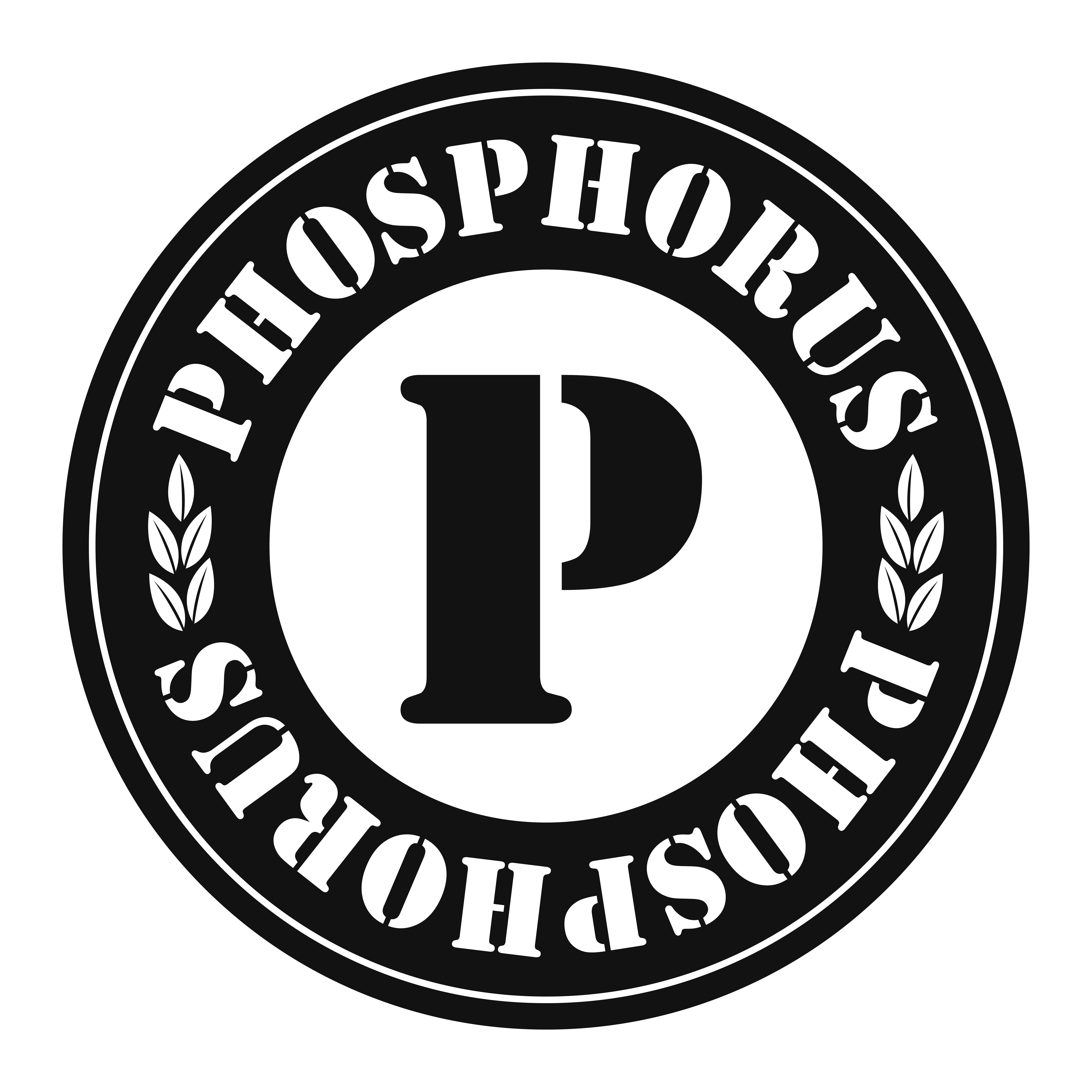[fusion_builder_container hundred_percent=”no” equal_height_columns=”no” menu_anchor=”” hide_on_mobile=”small-visibility,medium-visibility,large-visibility” class=”” id=”” background_color=”” background_image=”” background_position=”center center” background_repeat=”no-repeat” fade=”no” background_parallax=”none” parallax_speed=”0.3″ video_mp4=”” video_webm=”” video_ogv=”” video_url=”” video_aspect_ratio=”16:9″ video_loop=”yes” video_mute=”yes” overlay_color=”” video_preview_image=”” border_size=”” border_color=”” border_style=”solid” padding_top=”” padding_bottom=”” padding_left=”” padding_right=””][fusion_builder_row][fusion_builder_column type=”1_1″ layout=”1_1″ background_position=”left top” background_color=”” border_size=”” border_color=”” border_style=”solid” border_position=”all” spacing=”yes” background_image=”” background_repeat=”no-repeat” padding=”” margin_top=”0px” margin_bottom=”0px” class=”” id=”” animation_type=”” animation_speed=”0.3″ animation_direction=”left” hide_on_mobile=”small-visibility,medium-visibility,large-visibility” center_content=”no” last=”no” min_height=”” hover_type=”none” link=””][fusion_text]

In our last Materials Science Blog, we discussed how 2-D phosphorus showed great potential as a replacement for silicon in semiconductors, and it’s possible future in the solar industry. Since then engineers have been working round-the-clock to find ways to successfully use this new 2-dimensional semiconducting material. Today’s blog will focus on how engineers at Case Western Reserve University in Cleveland, Ohio, are using 2-D phosphorus to create 2-dimensional drumhead resonators, and what this means for future electronic devices.
What is Black Phosphorus
I’m sure most of you reading this are thinking “how can phosphorus possibly be used to replace silicon, it bursts into flames when it comes into contact with air!” The reason is because black phosphorus also known as 2-dimensional phosphorus is not the common element phosphorus. It is “two-dimensional phosphorus,[/fusion_text][/fusion_builder_column][/fusion_builder_row][/fusion_builder_container][fusion_builder_container hundred_percent=”yes” overflow=”visible”][fusion_builder_row][fusion_builder_column type=”1_1″ layout=”1_1″ background_position=”left top” background_color=”” border_size=”” border_color=”” border_style=”solid” spacing=”yes” background_image=”” background_repeat=”no-repeat” padding=”” margin_top=”0px” margin_bottom=”0px” class=”” id=”” animation_type=”” animation_speed=”0.3″ animation_direction=”left” hide_on_mobile=”no” center_content=”no” min_height=”none” last=”no” hover_type=”none” link=”” border_position=”all”][fusion_text][made] through the exfoliation from black phosphorus” [1]. Black phosphorus is believed to be the most stable form of phosphorus. It is created when phosphorus is put at “higher temperatures about 590 °C and higher pressures” or when phosphorus is combined with a “catalyst at ordinary pressures and a temperature of about 200°C” [2]. In fact 2-dimensional phosphorus is really similar to 3-dimensional silicon because they both don’t have issues with band-gap changes at the ground boundaries that other semiconductor materials face.
First 2-D Drumhead Resonators
Since the beginning of the semiconductor industry, only one-dimensional (1D) materials have been used. The list of traditional semiconductor materials includes: silicon nitride, silicon carbide, diamond, and graphene. In the past drumhead resonators have been made from these 1D materials.
A team of engineers at Case Western Reserve University in Cleveland, Ohio, has developed drumhead resonators using 2-D phosphorus, making them the first drumheads ever to be made from a 2-D material. They were able to accomplish this by “[draping] atom-thick layers of semiconductor material over cavities” [3]. The head of the engineering team Philip Feng discussed how 2-D materials can be stretched more than 1D materials therefore allowing them to operate in a wider range of frequencies [3]. This would allow for the 2-D drumheads to be used in a wider range of devices than what was previously possible.
The Future for 2-D Phosphorus
So far the future for 2-Dimesional phosphorus is looking really bright. Since initially coming onto the materials science scene, scientists have come to realize just how valuable this stable form of phosphorus can be. Not only has it proven to be consistent and reliable in its semiconducting properties, but it is also proving to be functional in a variety of capacities. Initially scientists believed that 2-Dimensional phosphorus would work well in solar cells, because their band-gap matches well with the solar spectrum. Now scientists are working on finding ways to use this 2-D material in future electronic devices. So far it has proven to be dependable and stable in its performance, and I personally can’t wait to see where 2-D phosphorus takes us in the future.
For more information on Glew Engineering and our work in the Semiconductor Field click the link below:
https://www.glewengineering.com/semiconductor-engineering
[1] http://www.rdmag.com/news/2014/09/phosphorus-promising-semiconductor [2] http://www.britannica.com/EBchecked/topic/68159/black-phosphorus [3] http://spectrum.ieee.org/tech-talk/semiconductors/devices/atomscale-drumheads-made-from-black-phosphorus
[/fusion_text][/fusion_builder_column][/fusion_builder_row][/fusion_builder_container]